As architects regarding the city as a complex and multi-layered phenomenon, during the past years we have been facing deep change in the way we relate to urban issues. We have learned – by doing – that knowledge and creation are becoming hybrid and diffused phenomenons, transforming traditional, closed and fixed structures, into open and flexible network structures. The image above is a visualization of dreamhamar process based on an image by Ecosistema Urbano and a network visualization by Nancy White.
[ TOWARDS A NEW MODEL OF KNOWLEDGE ]
EN FRANÇAIS vous pouvez lire cet article
New technologies of communication have initiated a cultural revolution (cf The Third Industrial Revolution) that is reversing the very conception of knowledge and creation. Until few years ago, knowledge could still be conceived as the capacity to understand a situation or a subject. Today the google revolution is gradually redefining knowledge as the ability to instantaneously (for younger generations) or quickly (for older ones) adapt to a situation, or learn about a subject.
We could say our “knowledge of something” has been replaced by our “knowledge of where to look for”; in other words, knowledge has been replaced by awareness. As new technologies provide incredibly powerful tools and easy access to information, then a contemporary knowledge system consists in creating connections and exchanging information efficiently – instead of use a slow, organized and vertical transmission of contents. Consequently, the way we build and design our communities and networks is fundamental to our learning and activity as designers and professionals. First assumption of the network design philosophy: knowledge = network.
[ TOWARDS A NEW MODEL OF CREATION ]
In a related way, creative processes have also been completely reappraised in the past decade: creation, as in the act of creating something original or spectacular, is bound to disappear. You have a stunning and original idea? Well, there’s a 99% chance you can find someone else who’s had the same, if you just google for a few minutes (was originality only an issue of limited access to information?). Yet, creation could be defined as the new ability to connect things creatively, or more precisely, to establish connections between people, spaces and subjects to create new interactions and opportunities. This is one of the answers to the question “so why not a sculpture for Stortorget?” that one could ask regarding dreamhamar process.
If creation is the capacity to connect things creatively in an open network structure, then the facilitator of a creative process should neither be a firm nor a design team, but an open and multi-layered design network of creatives, technical experts, and citizens. Second assumption of the network design philosophy: design develops within a network, and creation = network.
[ NETWORK THINKING ]
IN ITALIANO potete leggere questa mia intervista sul Network Thinking
Knowledge, creation, learning, society, culture, urban and architectural design: all these fields are growing to become network structures. The trend towards high connectivity, networked creation and complex dynamics is nothing more than an inherent feature of today’s society, and we believe this model to be more relevant and efficient, especially when it comes to innovation. We named network thinking this research and working field: a network approach to create, design and develop projects, ideas, and strategies.
[ NETWORK DESIGN AND PARTICIPATION ]
If we push this statement a step further, network thinking is closely followed by its practical execution, network design. When we define network thinking as a specific approach and mindset, we understand network design is its direct application. We consider network design as the contemporary evolution of participation processes; it takes into account innovative digital tools and the cultural shift mentioned above.
IMAGE: Pyramid of engagement – source: dreamhamar.org
[ G-LOCAL DESIGN ]
The first important feature that make network design something different from traditional participation process is the inclusion of an international layer of debate and creation, by implicating in the process creatives, architects, designers and schools from all over the world. Therefore, the process evolves simultaneously within a local community of citizens, built around a physical space, and an international digital network, built around a common interest: innovative network design. We believe the design relies in the unknown potential interactions and connections between these local and international communities.
[ CREATION CONDITIONS INSTEAD OF CONCLUSION ORIENTED DESIGN ]
The second aspect that clearly distinguishes network design from a usual participation process is that instead of seeking a common agreement between the citizens for one solution, it aims to (1) build and strengthen a community around the square, (2) to lead a debate around its future and (3) to creatively change how it is perceived, by making citizens feel they belong to a community, where public space is the platform (cfr the street as a platform). In other words, the architect becomes the coordinator and animator of stakeholders, by creating conditions for an active discussion. How can we architects achieve this? How can we coordinate a debate in order to make people’s dream visible without influencing them? The effective way to initiate a network design process is to design an atmosphere able to provoke citizens’ reactions and arouse their own imagination, rather than submit them achieved designs and ask for approval or disapproval. In dreamhamar, this was achieved in the Urban Actions (video above), which were an instantaneous and cheap way to experience spontaneous and temporary architectures, suggesting possible uses and solutions for the future square. These rapid prototyping (photos below) approaches were successful in making the citizens interact in real-time with the public space’s issue.
IMAGES ABOVE: parametric design + network design + prototyping – READ MORE
ABOVE: greenhamar urban action – photo by Christoffer Horsfjord Nilsen
[ URBAN AMBIENT AWARENESS ]
This approach of an atmosphere design brings us to another main feature of network design: its vaporous structure. During online workshops (video below) we were constantly wondering how to define what we were doing, and after a few sessions the “non-stop brainstorming” expression came up. A relevant statement to introduce what is called urban ambient awareness.
EN CASTELLANO puedes leer “minimalismo y network design”
If network design is about involving hundreds of people from all over the world to participate in online and onsite workshops for a project, and about collecting all the data, ideas, and different points of view each of them will produce, it involves considering a lot of information. “Too much data can kill creativity” was a comment of our colleague, Michael Moradiellos, and we agree. We could never think of treating such an amount of information according to an ordered and structured protocol, as we would in a traditional participation process. Trying to order, classify and analyze every idea and contribution would be inefficient, abortive and the main track would probably get lost. Instead, we aim to make connections and interactions visible and tangible, in order to create what we define as an urban ambient awareness around the square, as in a transparent atmosphere of floating information and exchange between the citizens, designers and experts. Thus, all profiles are “aware” of what’s going on in the process.
[ EMERGING IDEAS ]
Among this hyper-connected communication system, some of the concepts, profiles, or ideas will spontaneously stand out of the rough mass of information. This emergence only occurs once a critical mass of information and connection (network effect) is achieved. In other words, consensus is no longer the result of a linear, analytic and merely democratic process. In such process, consensus just happens: suddenly ideas start emerging. In his essay “The Barbarians”, Baricco suggests that “Barbarians”, the google nation, don’t care about content but about experience, movement, vectors, and the actual transmission of information. Knowledge is no longer produced in the nodes but in the relations they establish between themselves. Third main point of network design philosophy: it focuses on the processes, connections and exchanges within a network community.
“The surface is everything, and in it is meaning.”
Alessandro Baricco in “The Barbarians”
IMAGE: “EMERGENT SYSTEMS” in VersuS – UGT, User Generated Turin, a project by xDxD.vs.xDxD
//////////////////////////////////////////
I originally wrote the text below as a part of my contribution to the FUTURE HAMAR BOOK, a report of our 4 month participation activities within dreamhamar process. dreamhamar is a network design process by Ecosistema Urbano. Watch the presentation and the video below for more info about the design.
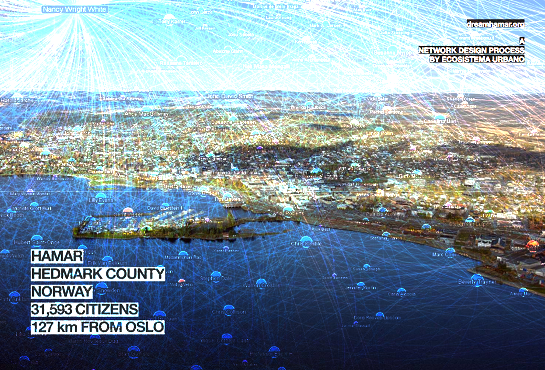
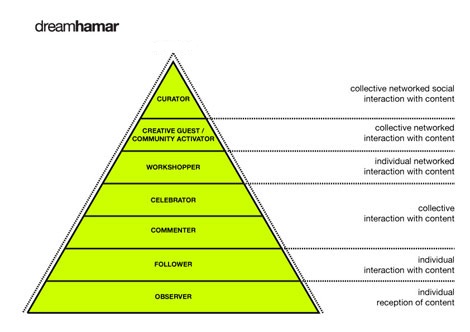
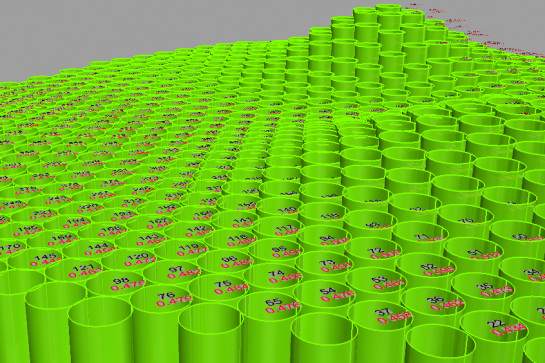
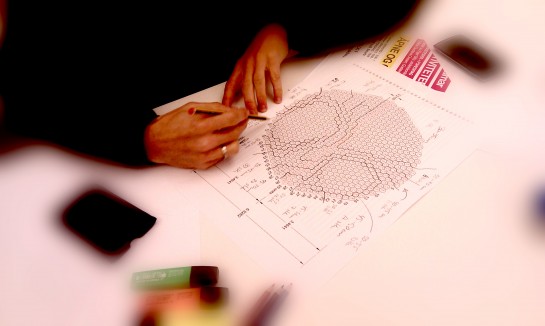
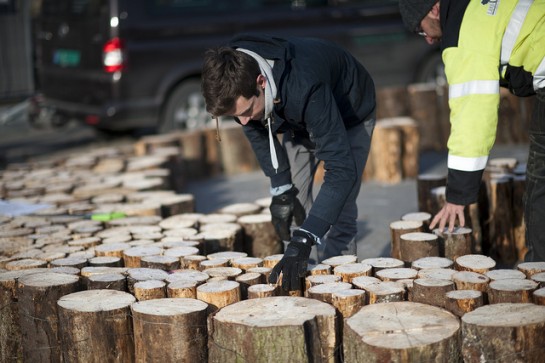
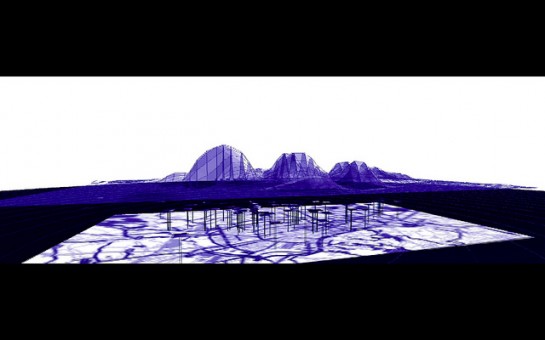
3 thoughts on “network design philosophy behind dreamhamar process”